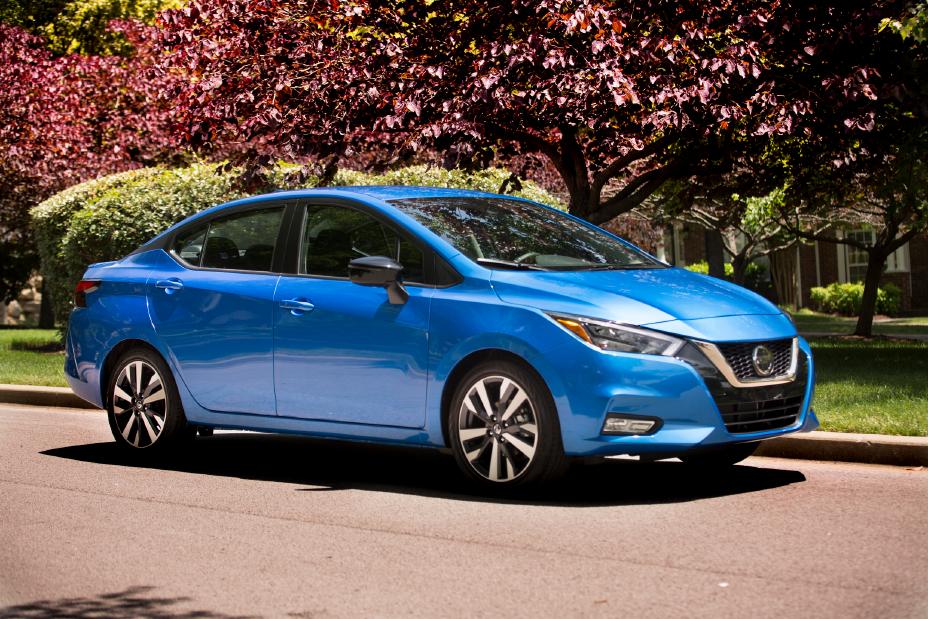When evaluating a vehicle, most people naturally focus on its horsepower, fuel economy, or tech features. But as every experienced driver knows, long-term satisfaction often boils down to something much subtler—the quietness and solidity of the cabin.
You may not notice it on the test drive, but over time, a car’s ability (or inability) to remain free from squeaks, rattles, and buzzing noises becomes one of the most defining aspects of ownership. These are the sounds that can make your daily commute feel either like a peaceful retreat or a tin-can torture chamber.
Noise, vibration, and harshness—collectively known in the auto industry as NVH—are critical factors that determine the perceived quality and refinement of a car. While some vehicles excel in muting the chaos of the outside world, others struggle to maintain their composure even at modest speeds or on slightly rough roads.
For many buyers, cabin silence translates directly to perceived value and craftsmanship. A car that remains quiet after 50,000 miles gives off a sense of integrity and durability, while one that begins to creak, chirp, and buzz early on can feel cheap, rushed, or poorly assembled.
It’s important to understand that squeaks and rattles don’t always result from abuse or negligence. In many cases, they’re the product of design decisions: inferior plastics, weak fasteners, poor structural rigidity, and inadequate insulation. Budget cars are particularly susceptible to these issues, but surprisingly, even some mid-range models can fall victim.
Conversely, some affordable vehicles punch above their weight in build quality, maintaining an impressively serene interior thanks to smart engineering and thoughtful materials. This disparity makes it all the more vital for prospective car buyers to know which models are likely to hold together over time—and which will slowly unravel at the seams.
In this article, we take a close look at two very different categories of cars. First, we’ll explore five vehicles renowned for their quiet, solid interiors—cars that remain virtually free from squeaks and rattles even as they age.
These aren’t just luxury sedans; some are mainstream models that exceed expectations in cabin composure. From the engineering excellence of Audi and Lexus to the surprising sturdiness of the Honda Accord and Toyota Camry, these are cars that deliver on the promise of long-term refinement.
Then, we’ll flip the coin and dive into five cars that, despite their best intentions, sound more like toys than transportation. Whether due to cost-cutting, poor design, or aging parts, these vehicles are plagued by a range of interior noises that quickly wear down the ownership experience.
We’re talking about glove boxes that buzz, dashboards that rattle, and door panels that resonate with every bump. Cars like the Fiat 500, Mitsubishi Mirage, and Chevrolet Spark may offer affordability and charm, but they often fall short in delivering that all-important feeling of solidity.
This comparison isn’t just about aesthetics or luxury. It’s about comfort, mental peace, and the kind of ownership experience you’re likely to have after the showroom shine wears off. A rattle-free car isn’t just better to drive—it’s often a sign of better engineering, tighter tolerances, and a commitment to quality that runs deeper than the spec sheet.
On the flip side, a car that starts making noises like a toddler’s toy chest may save you money up front, but could cost you dearly in the long run, both in repairs and frustration.
Whether you’re shopping for your next car or simply curious about how your current vehicle stacks up, this article will give you a grounded, experience-based perspective on cabin quality and how much it matters. Because when it comes to cars, silence truly is golden—and some vehicles know that better than others.
Also Read: 10 Cars With Best Dash Designs That Bring Innovation
5 Cars With No Squeaks or Rattles
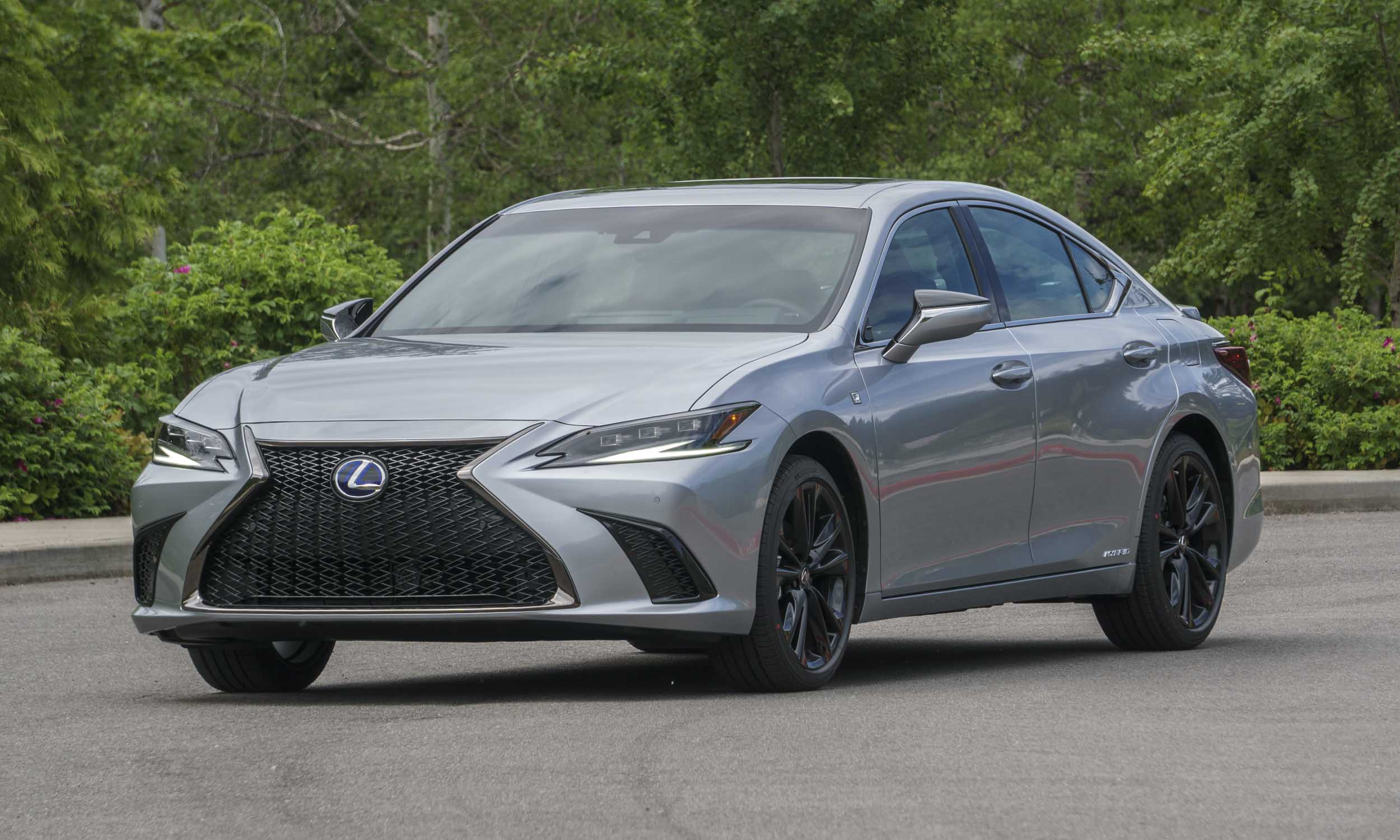
1. Lexus ES
The Lexus ES is often hailed as a paragon of luxury and refinement, and its cabin silence is a major part of its appeal. Unlike many competitors, the ES delivers a near-symphony of quietness where drivers and passengers are cocooned away from the external world. This is no accident; Lexus invests heavily in sound insulation and build quality.
The materials used throughout the interior include dense foams, sound-absorbing carpets, and thick seals around doors and windows. These elements work in harmony to dampen external noise and minimize vibrations that can lead to rattling or squeaking.
What truly sets the Lexus ES apart is the precision with which each interior component is engineered and assembled. The door panels fit seamlessly against the frame, eliminating any gaps that might cause vibration. The dashboard is mounted using reinforced brackets, and the glove box latch mechanism uses durable hardware designed to last the car’s lifetime.
The fit and finish reflect Lexus’s philosophy of “takumi” craftsmanship, where human attention to detail ensures every piece is installed with care. This level of precision is especially important because even the slightest looseness in panel fitment can generate noise over time.
Another crucial factor contributing to the ES’s rattle-free experience is the suspension tuning. The vehicle employs a sophisticated multi-link rear suspension paired with a well-calibrated front strut setup. This system absorbs road irregularities smoothly, preventing vibrations from transferring to the cabin and causing interior components to shake or squeak.
The use of hydraulic engine mounts further isolates engine vibrations, reducing the chances of noise making its way inside. Even over rough or uneven roads, the ES maintains a stable and composed ride, protecting the integrity of its silent interior.
Owners of the Lexus ES consistently report that their vehicles maintain a “new car” feel inside the cabin for years, with little to no increase in interior noise as mileage accumulates. This contributes to overall satisfaction and reinforces Lexus’s reputation for durability and luxury. Whether driving through busy city streets or cruising on the highway, the ES offers an oasis of calm, making it a preferred choice for those who prioritize peace in their driving environment.
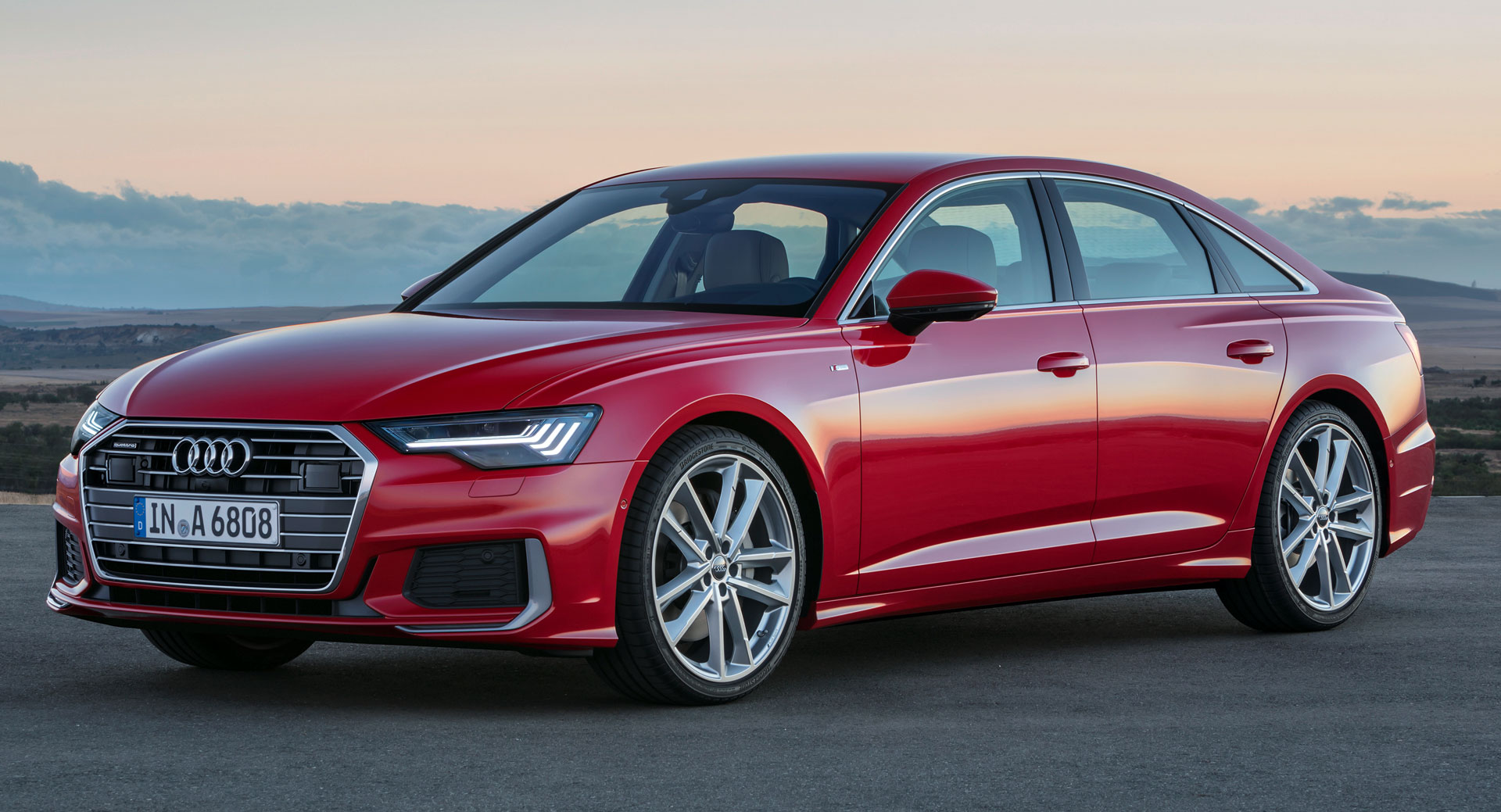
2. Audi A6
The Audi A6 is widely recognized for its blend of performance and luxury, but a less obvious yet equally impressive aspect is its exceptional interior solidity. One of the most frequently praised features by owners and reviewers is how free the cabin is from squeaks and rattles.
Audi achieves this by combining meticulous engineering with high-quality materials and advanced manufacturing techniques. The use of dense, soft-touch plastics backed by sound-absorbing foam is standard throughout the interior, contributing to a tactile experience that feels both solid and refined.
Audi’s precision assembly processes ensure that panel fitment is extraordinarily tight. Every dashboard seam, door panel joint, and center console fitting is engineered with tight tolerances that prevent movement.
The company also invests in acoustic glass for windows, which not only improves noise insulation from the outside but also reduces the transmission of vibrations that can cause rattling. The result is a cabin that feels cohesive and sturdy, with components that remain firmly in place even after years of use.
The mechanical underpinnings of the A6 also help maintain this serene environment. Its suspension system employs a combination of adaptive dampers and reinforced chassis components designed to absorb bumps and shocks before they can reach the interior.
This prevents the vibration-induced noises common in many vehicles, especially those with stiffer suspensions or less robust mounting points. The A6’s doors and body panels are manufactured with a focus on reducing wind noise, and the seals around the doors are engineered to eliminate gaps that could allow air or water intrusion, both potential sources of noise and rattling.
Feedback from long-term Audi A6 owners often highlights how well the car holds up to years of use without interior noises cropping up. This durability is a testament to Audi’s commitment to engineering excellence, which extends beyond engine performance and technology to the subtle details that define the ownership experience. For buyers seeking a premium midsize luxury sedan with a quiet, rattle-free cabin, the Audi A6 remains a top contender.

3. Toyota Camry (Recent Generations)
The Toyota Camry, especially in its most recent iterations, is a textbook example of a midsize sedan that marries affordability with impressive refinement. Historically known for reliability and value, the Camry has also made significant strides in eliminating the squeaks and rattles that once troubled some models.
Toyota’s continuous improvement approach has led to the incorporation of better materials and stricter assembly standards that greatly enhance the cabin’s solidity and quietness. One of the key improvements in newer Camrys is the use of higher-density foams behind door panels and dashboards, which absorb vibrations and reduce the risk of squeaking.
The interior plastics have become more resilient, with thicker molds and better finishing that prevent warping or movement over time. Toyota also employs enhanced weather stripping and door seals that contribute not only to water and dust resistance but also to noise insulation, further eliminating rattles caused by loose or vibrating panels.
From a structural standpoint, the Camry’s chassis has become stiffer and more resistant to flexing. This rigidity prevents body panels from shifting under stress, which is a common cause of squeaks in older or less well-engineered vehicles.
The suspension system is calibrated for comfort without sacrificing control, employing components that absorb bumps without transmitting shocks to the cabin’s interior panels. This balance helps keep the cabin quiet even on less-than-perfect road surfaces.
Many owners of the Toyota Camry appreciate how their cars remain free of interior noises well beyond the warranty period. This durability not only reflects positively on Toyota’s reputation but also makes the Camry an excellent choice for buyers looking for a vehicle that maintains its refinement over time
. Whether navigating urban stop-and-go traffic or enjoying longer highway journeys, the Camry’s quiet cabin contributes significantly to a comfortable driving experience.
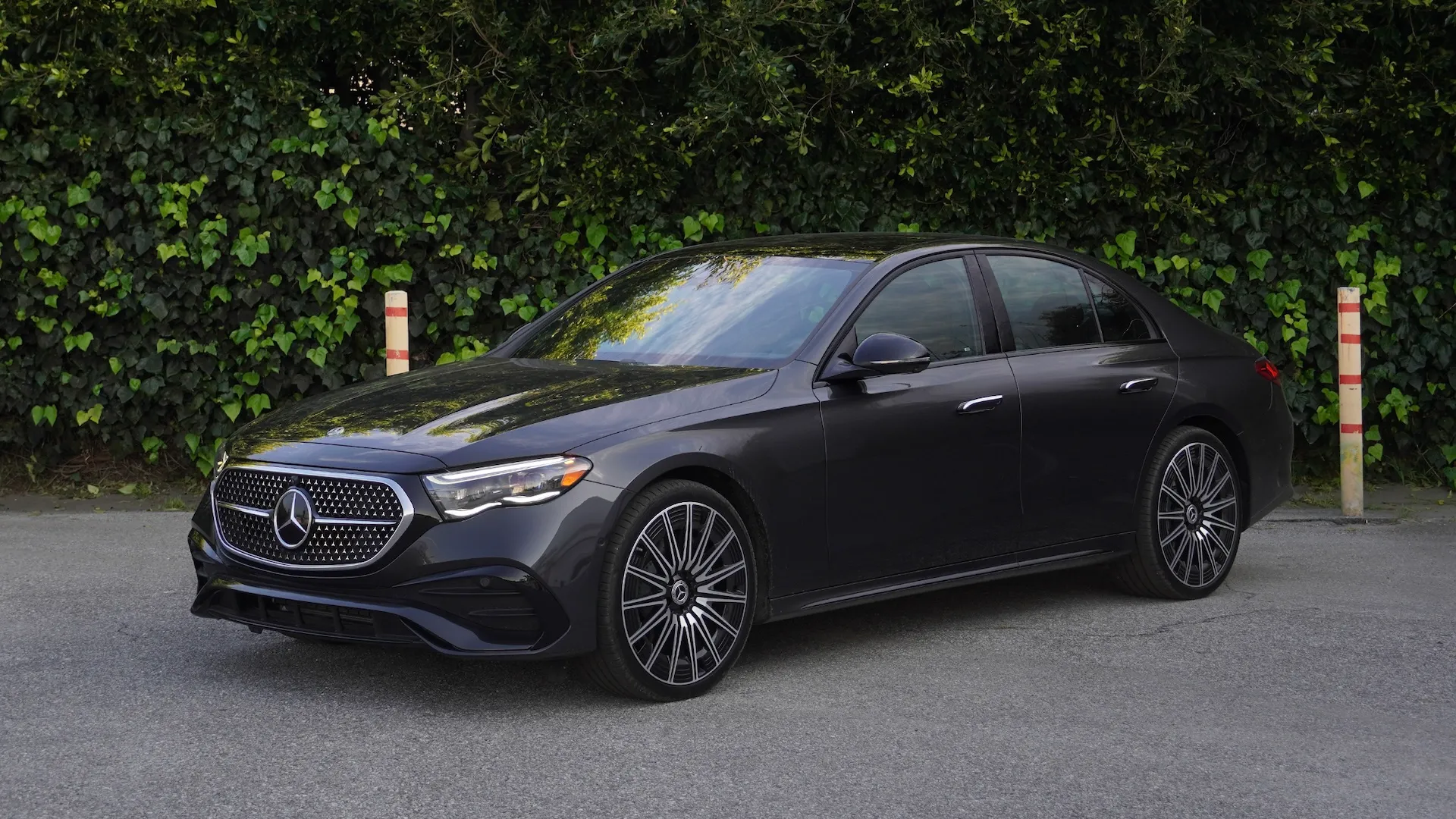
4. Mercedes-Benz E-Class
The Mercedes-Benz E-Class is often regarded as the benchmark for luxury and refinement in the executive sedan segment, and this extends deeply into its interior quality. The cabin is carefully engineered to be a sanctuary of silence, free from squeaks and rattles that can degrade the driving experience.
This is achieved through a combination of premium materials, rigorous assembly, and innovative engineering techniques that set the E-Class apart from many competitors.
Mercedes-Benz incorporates multiple layers of sound insulation materials throughout the E-Class, including dense carpeting, thick foam padding behind panels, and specialized acoustic glass.
These materials are designed to absorb both airborne noise and vibrations that could otherwise cause rattling. The fit and finish of interior panels are so precise that no movement occurs during normal driving, and the hardware used to secure parts is engineered for long-term durability.
The build quality is also complemented by the vehicle’s structural integrity. The E-Class chassis is exceptionally rigid, reducing flex that might cause interior components to loosen or shift.
Advanced suspension systems with air springs or adaptive dampers absorb road irregularities and isolate the cabin from harsh impacts. The doors and windows are designed with tight seals that prevent wind intrusion and the accompanying noises that can exacerbate interior rattles.
Owners of the Mercedes E-Class consistently praise the vehicle’s quietness and the way it maintains its refined ambiance even as it ages. This consistent performance is a product of both thoughtful design and high manufacturing standards. For those seeking a luxury sedan where every detail—including the elimination of squeaks and rattles—is meticulously considered, the E-Class remains a gold standard.
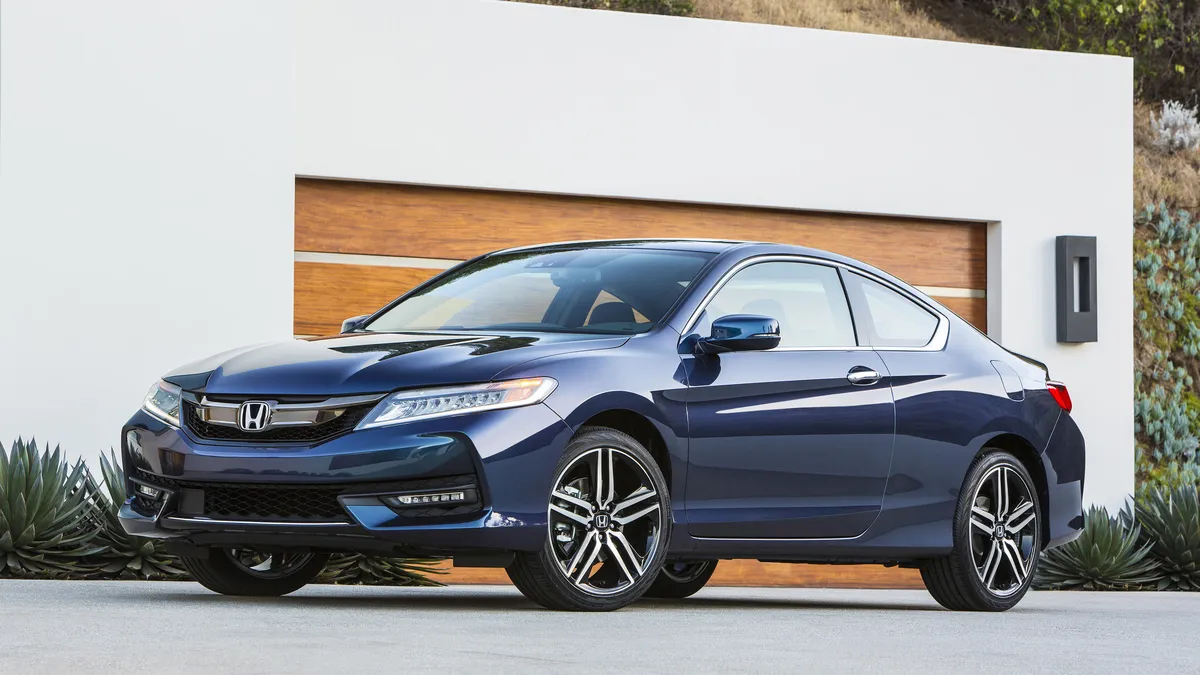
5. Honda Accord (Recent Models)
The Honda Accord’s evolution into a midsize sedan that blends reliability with luxury-level refinement is marked notably by its quiet, rattle-free interior. Recent models demonstrate Honda’s focused investment in improving interior materials and assembly processes, resulting in a cabin that feels solid and well-put-together.
The Accord’s reputation for durability extends beyond the engine and drivetrain to the often-overlooked realm of interior noise control. Honda has upgraded the Accord’s interior with thicker and more flexible plastics that resist cracking and movement. The use of foam insulation behind panels, along with upgraded door seals, greatly reduces vibrations and wind noise.
The interior components fit tightly together with minimal gaps, a result of advanced manufacturing techniques that ensure consistent tolerances. This tight fitment prevents the shifting or loosening that commonly causes rattles in other vehicles.
In addition to material improvements, the Accord’s chassis has been stiffened to minimize flexing during cornering or rough road conditions. The suspension is tuned to absorb bumps without transferring excessive vibrations to the cabin, protecting the integrity of the interior assembly. These enhancements help maintain a quiet, solid feel inside the vehicle, even as mileage accumulates.
Owners and reviewers alike have noted the Accord’s ability to remain free of squeaks and rattles through extended use, which is remarkable in a vehicle that offers such strong value and practicality.
The result is a driving environment where focus can be placed on the road and conversations without distraction. For those seeking a midsize sedan that combines refinement, reliability, and comfort, the Honda Accord stands out as a model that delivers a serene, rattle-free cabin experience.
5 Cars That Sound Like Toys
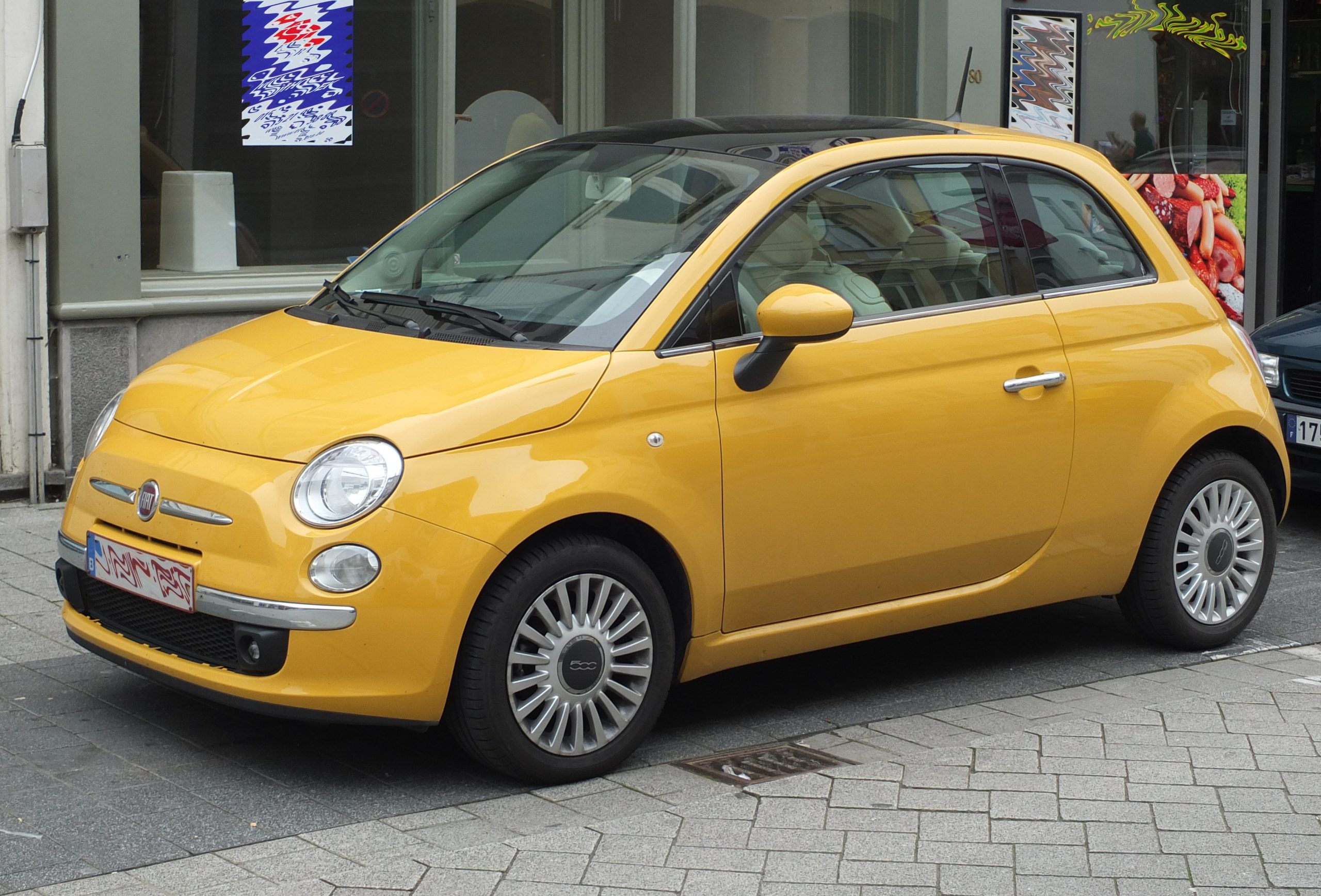
1. Fiat 500
The Fiat 500 is a car that thrives on charm, urban maneuverability, and standout design. Its retro-inspired styling and compact footprint have earned it fans across cities worldwide. However, underneath that whimsical aesthetic lies a build quality that too often feels flimsy and undercooked, particularly in terms of interior durability.
The Fiat 500 is notorious for developing squeaks, rattles, and creaks that rob it of refinement, making the cabin experience feel more like a budget toy than a European city car built for modern life.
One of the key contributors to the 500’s noisy interior is its liberal use of lightweight and inexpensive plastics throughout the cabin. From the dashboard to the door panels, much of the interior trim feels hollow, thin, and vulnerable to movement over time.
These components are often clipped together using budget-grade fasteners that begin to loosen after repeated vibration from daily driving. The results are frequent rattles from the glove box, dashboard seams, and around the base of the A-pillars—areas where tension and flex are high during motion.
Road imperfections exacerbate the problem. Unlike more solidly constructed vehicles that absorb or mute road texture, the Fiat 500 often passes that feedback directly into the cabin. The short wheelbase and relatively stiff suspension don’t do much to isolate passengers from bumps, meaning the car’s lightweight structure gets jostled around more than most.
This bouncing and shaking rapidly accelerates interior wear and makes every panel susceptible to vibration-related noise. In cold weather, plastics contract and become even more creaky, further worsening the situation.
Long-term ownership tells a consistent story: even with diligent care, owners frequently report that their Fiat 500 develops more interior noises than they’d expect from a modern vehicle.
While fun and fashionable on the outside, the Fiat’s interior experience is often undermined by its audible fragility. For those looking for a quiet and composed cabin, the Fiat 500—especially older model years—is likely to disappoint, feeling more like a rattling toy than a reliable city commuter.
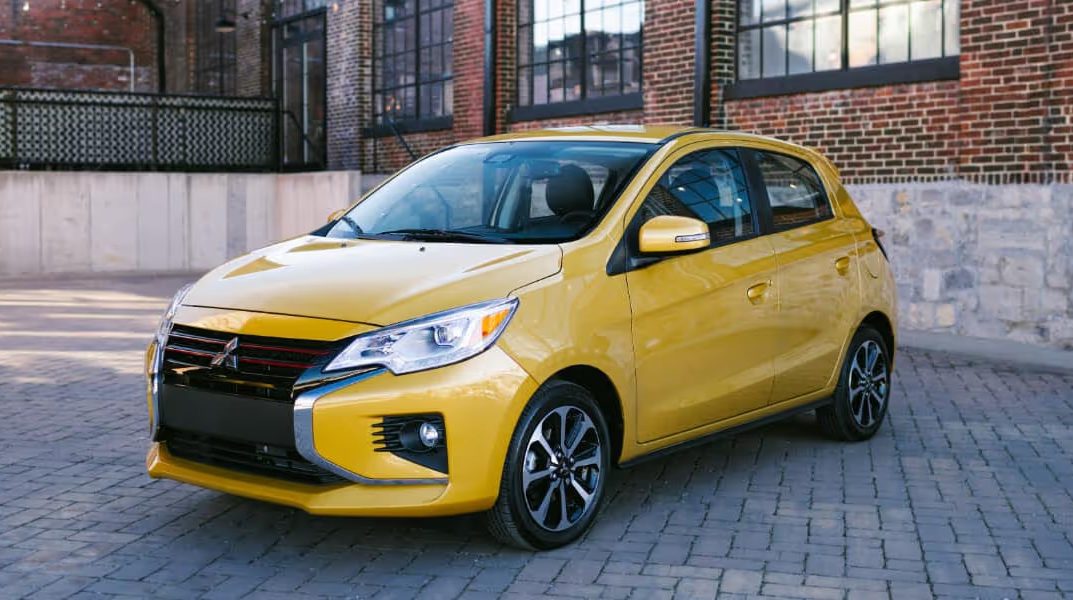
2. Mitsubishi Mirage
The Mitsubishi Mirage is known as one of the most affordable new cars on the market, which unfortunately is both a strength and a weakness. While the price point makes it accessible to a wide range of buyers, it also means compromises have been made, chief among them, cabin quality.
The Mirage consistently earns criticism for an interior that feels sparse, brittle, and acoustically unrefined. More than just lacking luxury, the Mirage’s cabin often sounds like it was assembled with plastic snap-together parts, making it one of the noisiest cars in its segment.
The Mirage’s cabin is filled with thin, rigid plastic panels that have very little give or reinforcement behind them. This makes them vulnerable to both creaking and rattling as the car flexes and vibrates in daily use.
Door cards often emit a hollow “thunk” when closed, dashboard plastics tap and buzz over rough roads, and trim near the shifter or cup holders sometimes squeak from even minor pressure or temperature changes. It’s not uncommon for owners to report hearing the cabin “click” or “tick” simply from leaning on a door or reaching for the glove box.
A large part of the problem is rooted in how aggressively Mitsubishi minimized weight and cost. The Mirage lacks the insulation, soundproofing, and structural reinforcement found in higher-end vehicles, which means road noise and vibrations are more pronounced.
The result is a car that transmits every little pebble, pothole, and pavement crack as a series of mechanical echoes throughout the cabin. This noise intrusion isn’t just annoying—it constantly reminds occupants of the Mirage’s budget nature.
Owners who buy the Mirage expecting basic transportation may be able to live with the noise, but over time, the combination of audible plastic movement and structural rattling can become a major source of fatigue.
It detracts from the driving experience and makes the car feel like it’s aging prematurely, even at low mileage. For anyone who values cabin serenity or a sense of lasting quality, the Mirage offers little reassurance.

3. Nissan Versa
The Nissan Versa has long been a staple in the affordable compact car market, often chosen for its fuel economy and roomy interior. However, it has just as often been criticized for feeling underbuilt and audibly cheap.
Particularly in earlier model years (pre-2020), the Versa’s cabin earned a reputation for producing a range of noises—from dashboard buzzes to door panel creaks—that give the impression of a car assembled from a bin of plastic parts with minimal cohesion. For many drivers, these noises start early and persist throughout the vehicle’s life.
Where the Versa falls short is in its use of overly hard, unpadded plastic throughout much of the interior. These panels are often large and poorly dampened, which makes them prone to flexing and vibration during normal driving. In the dashboard area, the seams between the infotainment console, HVAC controls, and instrument cluster are commonly identified as rattle points.
Likewise, the door handles and window controls tend to click or buzz, especially on bumpy or uneven surfaces. It’s not just about what materials are used, but also how tightly they’re secured and how much give they’re designed to allow.
The NVH (noise, vibration, and harshness) levels in the Versa are notably higher than in many competitors. The cabin is not adequately isolated from engine sounds, suspension movements, or exterior wind noise, and this opens the door—literally and figuratively—for components to resonate and rattle.
Even at low speeds, plastic components can be heard shifting slightly, while highway driving often results in a low-grade symphony of buzzes that frustrate even patient drivers. These aren’t isolated incidents; numerous owner reviews corroborate the car’s tendency to feel acoustically busy and unrefined.
In fairness, Nissan has made strides in recent model years to improve the cabin quality and soundproofing of the Versa. But for a long time, the model was synonymous with “cheap” in both feel and sound. If the goal is simple transportation and the noises don’t bother you, it’s a serviceable ride. But if you’re hoping for even a hint of solid, quiet craftsmanship, the Versa might feel more like a toy car assembled on a rush schedule.
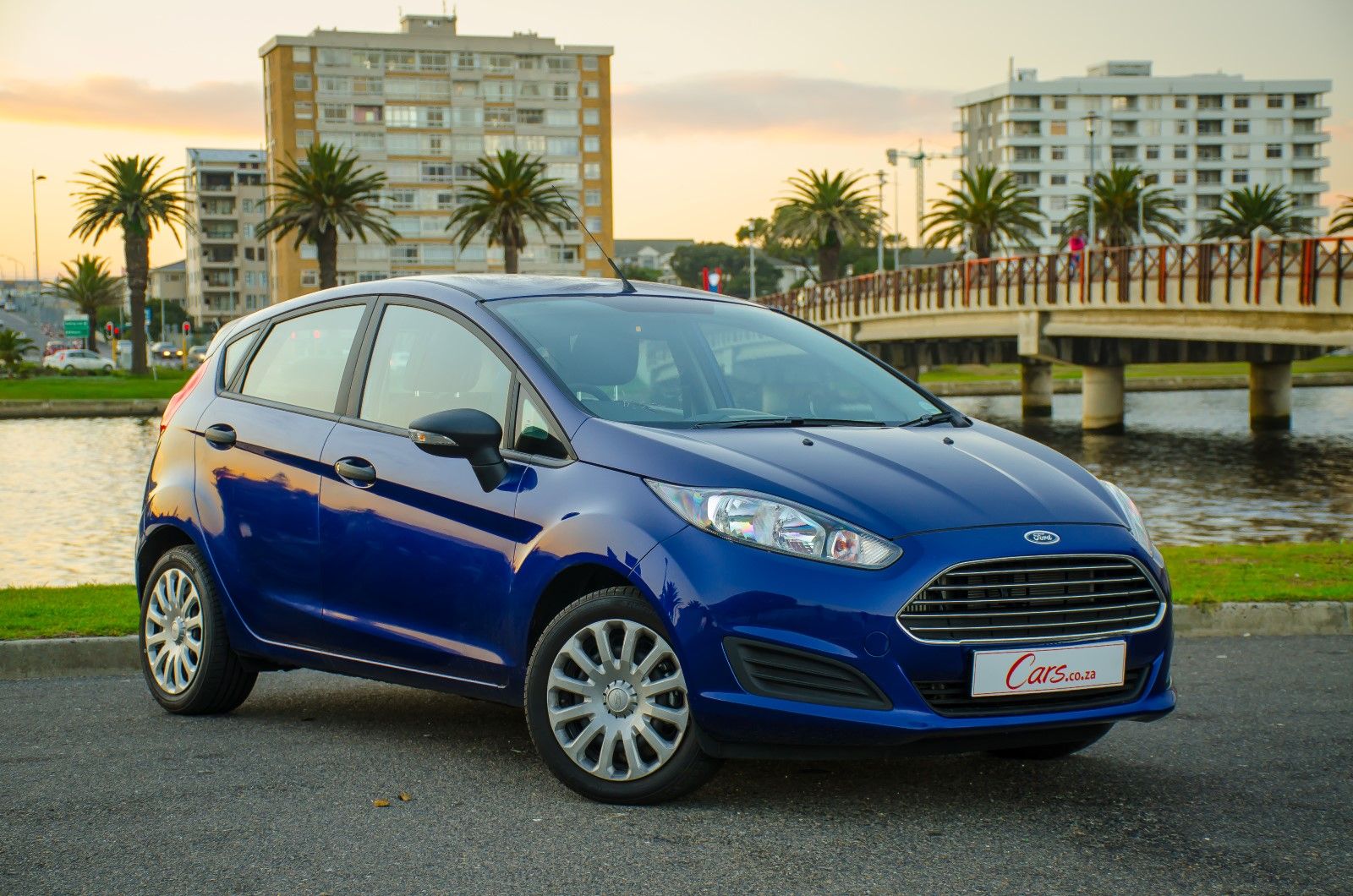
4. Ford Fiesta (Older Models)
The Ford Fiesta, especially in model years before 2018, walks a fine line between spirited fun and frustrating noise. On the one hand, it’s known for its peppy handling and efficient use of space, making it a popular choice for city drivers and young buyers.
On the other hand, it has garnered a less favorable reputation for developing squeaks and rattles that make the interior feel less than solid. While newer models show some improvement, older Fiestas too often sound like they’re held together with plastic tabs and hope.
The root of the Fiesta’s problems lies in both material quality and aging design. The cabin is filled with glossy plastics and molded panels that, although visually modern, don’t hold up well over time.
The dashboard, especially around the infotainment controls and HVAC vents, is a common source of vibration and buzzing. The problem isn’t limited to just one area; the glove compartment, door seals, and rear seat brackets all tend to develop various noises depending on how the car is driven and maintained.
Suspension tuning in older Fiestas, while geared for a sporty ride, doesn’t do the cabin any favors when it comes to isolating bumps and road imperfections.
These inputs frequently translate into body flex and vibration, which then ripple through the plastic-heavy interior. Over time, the fasteners that hold panels in place start to weaken, and you begin to hear more creaking and shifting, even during minor turns or while braking. It’s an issue that often starts quietly but worsens with age.
While some owners find the quirks charming or manageable, others find the cabin’s toy-like behavior undermines the enjoyment of the car. For a vehicle that promises Ford engineering and global design sensibilities, the Fiesta’s interior noise levels are a letdown. It feels more like an old toy being jostled around than a modern, thoughtfully engineered compact car.
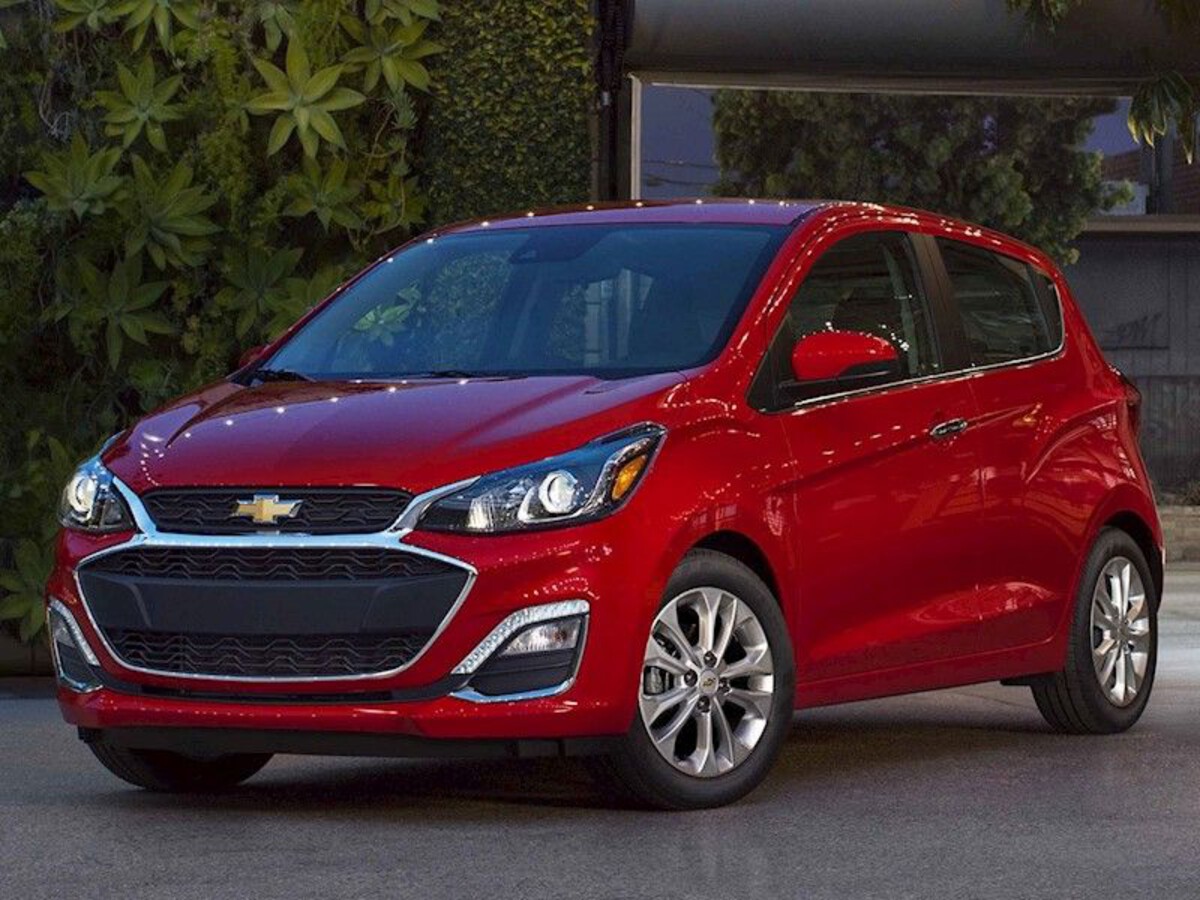
5. Chevrolet Spark
The Chevrolet Spark is a city car with undeniable strengths—it’s maneuverable, fuel-efficient, and competitively priced. However, much like others in its class, the Spark’s low price point comes with a cost in cabin refinement.
The interior of the Spark is perhaps one of the most literal examples of a car that “sounds like a toy.” From thin door cards to brittle dash materials, the vehicle exudes an aura of cost-saving design, and that sound profile emerges the moment you hit a bump or shift your weight in the seat.
Noise in the Spark originates from many sources. Door panels resonate when closed, dashboard plastics creak when touched or during temperature changes, and even seat frames can emit a metallic clicking under certain loads.
These issues are made worse by the general lack of interior damping. Unlike more expensive vehicles that incorporate foam backing and insulation to control how materials interact, the Spark largely forgoes these measures, which means every plastic-to-plastic interaction can become audible over time.
Adding to the toy-like experience is the car’s light frame and simple suspension. Because the Spark is so small and light, it tends to bounce more over uneven surfaces, causing everything inside to vibrate just a little more.
These micro-movements lead to rattles in places you wouldn’t expect—like the dome light housing or seatbelt anchor points. Even the audio system, when used at higher volumes, can cause the surrounding plastic to resonate slightly, reinforcing the sense that the car lacks structural density.
While budget-conscious buyers may be willing to overlook some of these quirks, the Spark’s long-term livability suffers from its noisy, toy-like cabin. Over time, the chorus of clicks, buzzes, and creaks can wear down even a forgiving driver. It’s a reminder that while affordability matters, so does the quality of the driving experience—and the Spark, in this area, often comes up short.
Also Read: 5 Used Cars That Dealers Are Paying Top Dollar For and 5 They Won’t Touch
By now, it’s clear that not all cars are created equal, especially when it comes to cabin quietness and structural solidity. As we’ve seen, some vehicles are engineered to deliver years of serene, squeak-free driving, while others fall apart audibly with every pothole and temperature change.
These differences don’t always correspond to price tags or badge prestige. Instead, they often come down to engineering priorities, manufacturing standards, and the choice of materials—factors that only reveal themselves with time and use.
The cars that excel in keeping squeaks and rattles at bay—like the Lexus ES, Audi A6, Toyota Camry, Mercedes-Benz E-Class, and Honda Accord—offer more than just a quiet ride. They represent a commitment to long-term customer satisfaction. Their interiors are meticulously designed to resist wear, minimize vibration, and suppress road noise.
Whether through advanced insulation, stiffer chassis architecture, or superior fastener systems, these vehicles are built with durability in mind. They feel like a cohesive whole rather than a collection of moving parts, and that makes a huge difference during daily driving.
It’s also worth noting that many of the rattle-resistant vehicles aren’t even top-tier luxury models. The Honda Accord and Toyota Camry, in particular, show how mainstream brands can deliver premium levels of fit and finish when proper attention is given to NVH design.
These cars prove that you don’t have to spend a fortune to enjoy a quiet, composed ride that stands the test of time. This is great news for budget-conscious buyers who still value quality craftsmanship.
On the flip side, the cars that struggle with cabin noise—such as the Fiat 500, Mitsubishi Mirage, Nissan Versa, Ford Fiesta, and Chevrolet Spark—are often victims of their own economic constraints. Built to meet ultra-competitive price points, these vehicles tend to skimp on soundproofing, structural reinforcements, and interior material quality.
While they may function reliably as basic transportation, they fall short in delivering a comfortable, quiet, and satisfying ownership experience. These compromises become particularly evident after just a few thousand miles, when the early warning signs—creaky door panels, buzzing dashboards, loose trim—start to appear.
This isn’t to say these cars are inherently bad. For some drivers, especially those looking for affordable, short-term transportation or city runabouts, a few rattles might be a small price to pay for a low MSRP and solid MPG.
But for those planning to keep their car long term—or who simply want a cabin that doesn’t audibly protest every commute—the trade-offs become more apparent. The emotional wear-and-tear of driving a noisy, vibrating vehicle adds up quickly, and for many, that’s a dealbreaker.
Ultimately, the presence or absence of squeaks and rattles is about more than just comfort. It’s a proxy for quality. A quiet cabin reflects thoughtful design, rigorous testing, and high production standards.
It shows that a manufacturer respects the driver enough to eliminate distractions and focus on refinement. Meanwhile, a noisy interior—one that sounds more like a child’s toy than a serious machine—signals shortcuts and compromises.
So, whether you’re test-driving a luxury sedan or considering an economy hatchback, take a moment to really listen. Not just to the engine or the stereo, but to the body, the trim, and the road. Does the cabin feel like a single, solid structure—or does it buzz, groan, and complain with every turn and bump? Because in the long run, those little noises tell you everything you need to know about the car’s true character.

